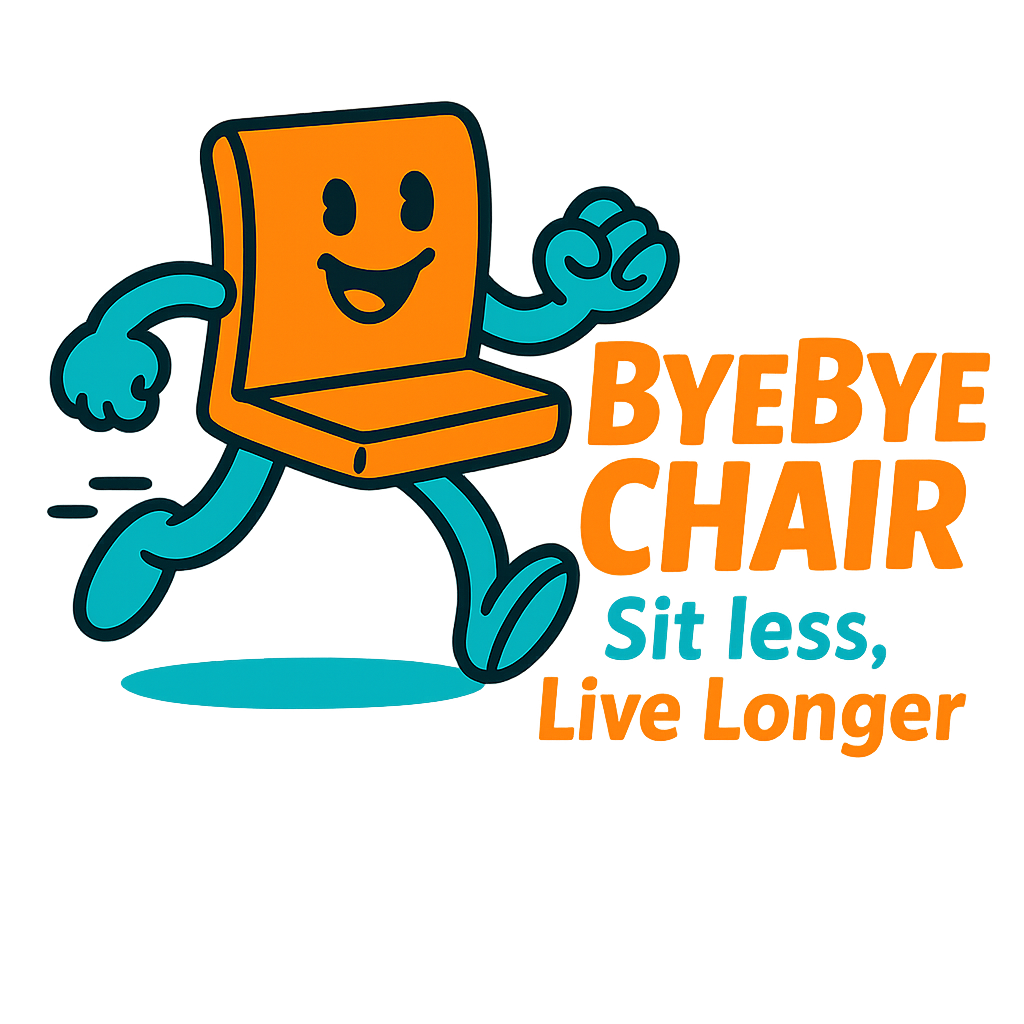Why Eye Strain Matters More Than You Think
Screens have become unavoidable. From work emails to video calls and late-night scrolling, the average adult now spends 7–10 hours per day in front of digital devices. Children and teenagers often exceed this due to online learning and gaming.
This constant close-up focus places immense stress on the eyes and can cause Digital Eye Strain (DES)—also called Computer Vision Syndrome (CVS).
Common signs of DES include:
- Blurred or double vision
- Burning, itchy, or watery eyes
- Headaches, especially around the temples or forehead
- Dry eyes from reduced blinking
- Neck and shoulder stiffness from leaning forward
- Difficulty concentrating and staying productive
Eye strain is not just an inconvenience. Left unmanaged, it can worsen existing refractive errors (like myopia) and negatively impact sleep quality, mental focus, and even overall wellbeing.
The 20-20-20 Rule: A Micro-Break With Macro Benefits
Eye doctors worldwide recommend a simple but powerful method to fight eye fatigue: the 20-20-20 rule.
👉 Every 20 minutes, look at something 20 feet away for at least 20 seconds.
This quick reset relaxes the ciliary muscles in your eyes, which stay tensed during close work. By focusing on a distant object, these muscles release their tension, preventing fatigue and restoring comfort.
It might sound too simple, but the 20-20-20 habit is one of the most effective tools for long-term eye health in the digital age.
How to Put It Into Practice
Most people know about the rule, but few actually apply it. Here’s how to make it work in real life:
1. Use Digital Reminders
- Install a break reminder app on your computer.
- Use smartwatch alerts every 20 minutes.
- Even a simple calendar notification can keep you consistent.
2. Choose a Focal Point
- If you work near a window, look at a tree, building, or horizon line.
- Indoors, identify an object at least 6 meters (20 feet) away.
- Some offices add posters or plants at distance just for this purpose.
3. Blink Consciously
On screens, blink rates drop by up to 60%, causing dry eyes. During your 20-second break, blink deliberately 10–15 times to refresh your tear film.
4. Pair It With Movement
Stand up, stretch your arms, rotate your shoulders, or walk a few steps. This combines eye relief with posture correction, doubling the health benefits.
5. Make It a Team Habit
Encourage coworkers to follow the rule together. Shared habits are easier to stick with and create a healthier office culture.
What Science Says
Research supports the 20-20-20 principle. A study in the Indian Journal of Ophthalmology found that short, frequent breaks significantly reduce eye discomfort among computer users.
Other findings include:
- Blinking rate: Drops from 15–20 blinks per minute to as low as 5–7 while on screens. Breaks restore normal blinking.
- Dryness prevention: Looking away helps distribute tears evenly.
- Focus reset: Alternating near and far vision reduces accommodative stress (muscle fatigue inside the eye).
Simply put: the rule works because it mimics natural visual behavior that our eyes evolved for—regularly shifting focus between near and far objects, not constant screen staring.
Extra Habits to Protect Your Vision
The 20-20-20 rule is essential, but you’ll get the best results when you combine it with other healthy practices:
- Adjust lighting: Avoid glare by matching screen brightness to room light.
- Screen positioning: Keep your monitor about an arm’s length away, slightly below eye level.
- Use artificial tears: If dryness persists, preservative-free lubricating drops can help.
- Blue-light awareness: While blue light filters may not prevent strain, they reduce evening light exposure that disrupts sleep.
- Regular checkups: Visit an optometrist yearly, especially if you spend 6+ hours daily on screens.
The Productivity Connection
Eye strain is not only a health issue—it’s an economic one. Studies show that digital eye strain leads to:
- Reduced accuracy in tasks requiring focus
- More breaks due to headaches or fatigue
- Lower job satisfaction and motivation
Encouraging employees to adopt the 20-20-20 rule can improve overall productivity while cutting down health-related complaints. It’s a no-cost, high-impact solution for modern workplaces.
FAQs About the 20-20-20 Rule
Q: Does it really have to be 20 feet away?
A: The exact distance isn’t critical. The idea is to focus on something far enough that your eyes fully relax. Outdoors is best, but even across the room works.
Q: What if I forget to take breaks?
A: Don’t stress. Aim for consistency over perfection. Even following the rule 70% of the time can reduce strain significantly.
Q: Can kids use the 20-20-20 rule?
A: Yes. In fact, it’s especially helpful for children to prevent myopia progression linked to excessive near work.
Q: Are special glasses enough?
A: No. Glasses may help, but they don’t replace habits that let your eyes rest.
Step-by-Step Action Plan
- Set a 20-minute timer on your phone or computer.
- Choose a distant object to look at during breaks.
- Every time the timer goes off, stop typing, look away for 20 seconds, and blink.
- Stand up or stretch whenever possible.
- Repeat throughout your workday.
Within a week, you’ll notice:
- Less dryness
- Sharper focus
- Reduced headaches
- More energy at the end of the day
Why Most People Ignore It
The main reason? It feels too simple. We tend to underestimate small habits, thinking only complicated solutions matter. But the truth is:
- Small breaks compound into major long-term benefits.
- Prevention is always easier than treatment.
- Your future self will thank you for protecting your eyesight today.
Final Thoughts
Eye strain is the silent side effect of modern work. You don’t notice it immediately, but over months and years, it chips away at your comfort, focus, and health.
The good news? A tiny, 20-second habit can stop it.
👉 Every 20 minutes, look at something 20 feet away for 20 seconds.
It costs nothing. It takes almost no effort. Yet it can protect the vision you rely on every day.
Your eyes are priceless. Don’t wait until strain becomes pain. Start the 20-20-20 rule today—and see the difference.
Call to Action
Set a reminder right now. Try the 20-20-20 rule for your next work session. Share it with your colleagues or family. The sooner you start, the longer your vision will stay sharp.
Protect your eyes. Protect your future.

